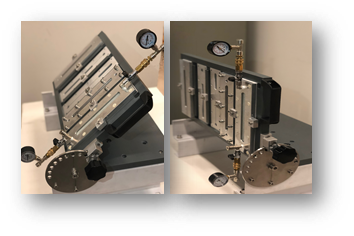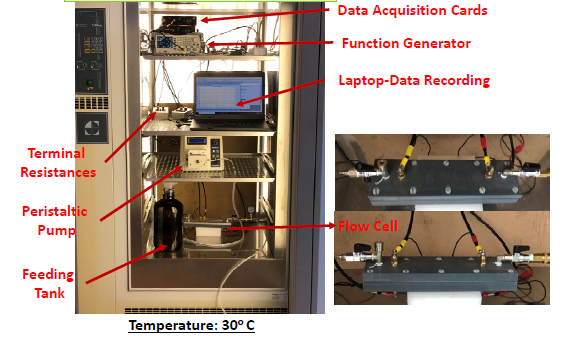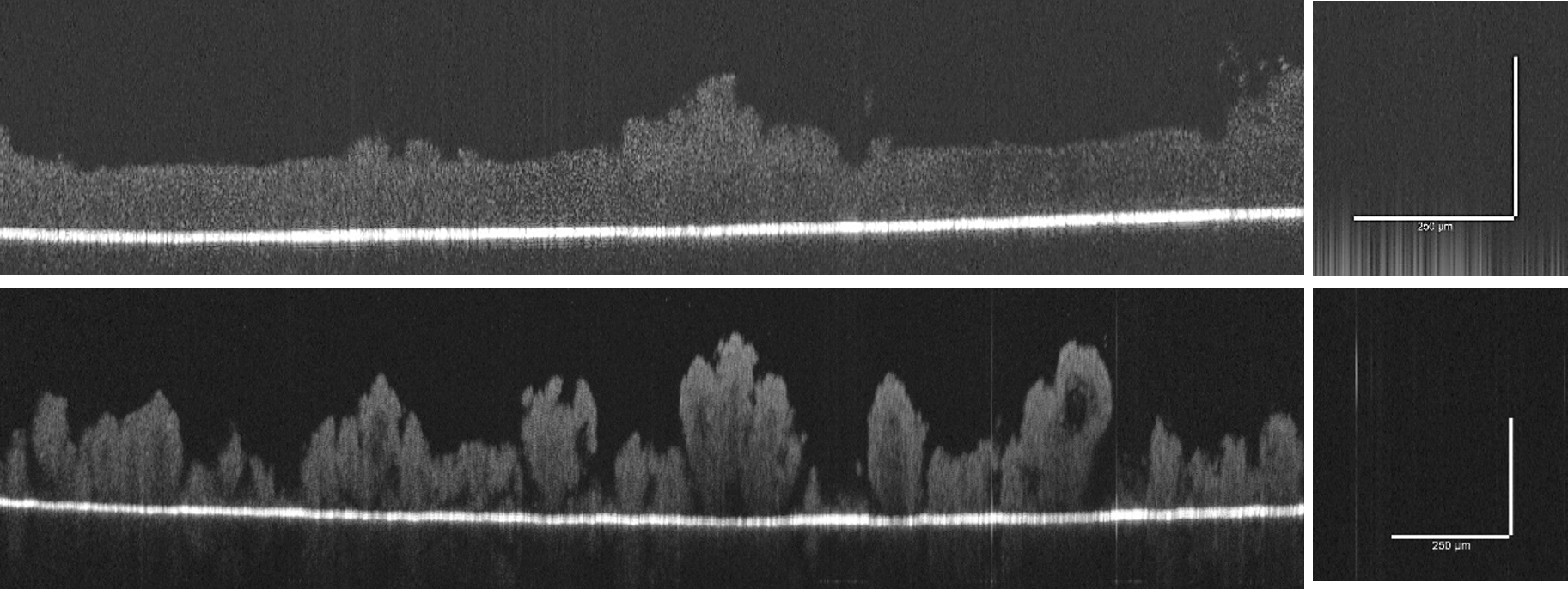Contact person: Zoi Christina Kampouraki [zoiikamp@gmail.com]
This study focuses on biofilm formation and growth using an innovative laboratory-scale water flow device with flexible design capable of generating hydrodynamic conditions (water flow rate, distribution of velocities inside WDSs, shear stress, specific geometries), that resemble in actual water pipe networks.
Biofilms are accumulations of microorganisms (e.g., bac¬teria, fungi, algae, protozoa, and viruses) that are attached to surfaces (eg within the water distribution pipelines) via extracellular polymeric substances (EPS) produced by the microorganisms themselves. These substances are predominantly proteins and polysaccharides and protect biofilms by retaining the microorganisms and resulting in the formation of stable structures. The development of biofilms in water distribution systems (WDS) has long been acknowledged as a serious issue because it is associated with many problems, such as pathogen growth, water quality deterioration, bio-corrosion, and bad taste and odors generation. Their formation depends on several biotic and abiotic factors, namely environmental factors (temperature and pH), concentration of dissolved oxygen, presence of residual disinfectants, nature and concentration of nutrients, hydrodynamic conditions, type of pipe materials, type and diversity of microorganisms present and sediment accumulation. Hydrodynamics play an important role in biofilm development and stability, as they significantly affect nutrients’ transport, bacterial adhesion, biofilm growth and detachment.
In this experimental study, a flow device (Fig. 1) is constructed based on detailed 3D Computational Fluid Dynamics simulations to accommodate a number of exchangeable flow cells of different geometry (Fig. 2) such as those found in realistic water distribution systems e.g., flow in convergent/divergent sections, flow through orifices, flow through pipe contractions and expansions, flow around multiple corners etc. Water flow rate, spatial velocity profile and shear stress distribution are the main hydrodynamic parameters to investigate experimentally. Measurements of biofilm and water flow properties are performed by both conventional (optical & fluorescence microscopy, chemical analysis, etc.) and sophisticated instrumentation (optical profilometry, forced wetting, etc.).
Different coupons’ materials are going to be tested (SS316L, SS316L/passivated, Titanium, FEP, Rubber) and different geometries corresponding to actual geometries employed in water distribution & wastewater treatment facilities. These geometries lead to complex velocity profiles inside flow cells (Fig. 3).
Furthermore, an impedance spectroscopy technique, originally built to measure the formation of plaque on human veins (European Patent Office, EP 3245947 A1, 2017) is modified to measure on-line the biofilm thickness (Fig. 4).
Furthermore, optical coherence tomography (OCT), with high-resolution cross-sectional images (Fig. 5), enhances our study’s ability to quantify biofilm thickness and the determination of biofilm structure formed on the surfaces. Like the resistance spectroscopy technique, OCT, functionalizes non-invasively, providing the capability for real-time or continuous monitoring of biofilm thickness.




